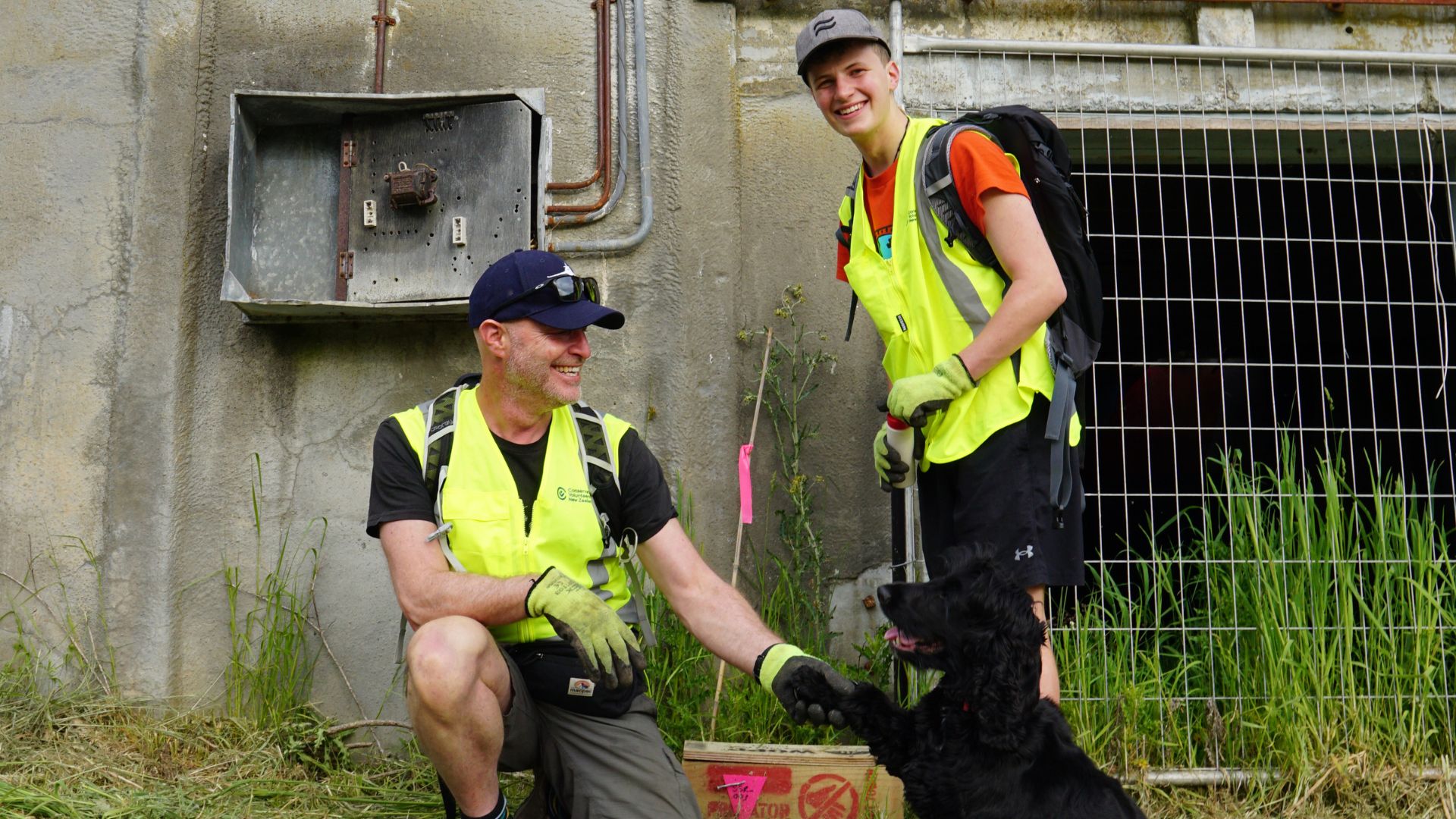In Lyttelton Harbour, a story of family, nature, and the bond between a father, his son, and their furry companion unfolds. A story so sweet it should be the premise for a feel-good Disney movie. Gary Freedman, son Tom and cocker spaniel Arnie are a great trapping team. Arnie races off to check the traps … Continue reading Bonding for the birds: father and son trapping team
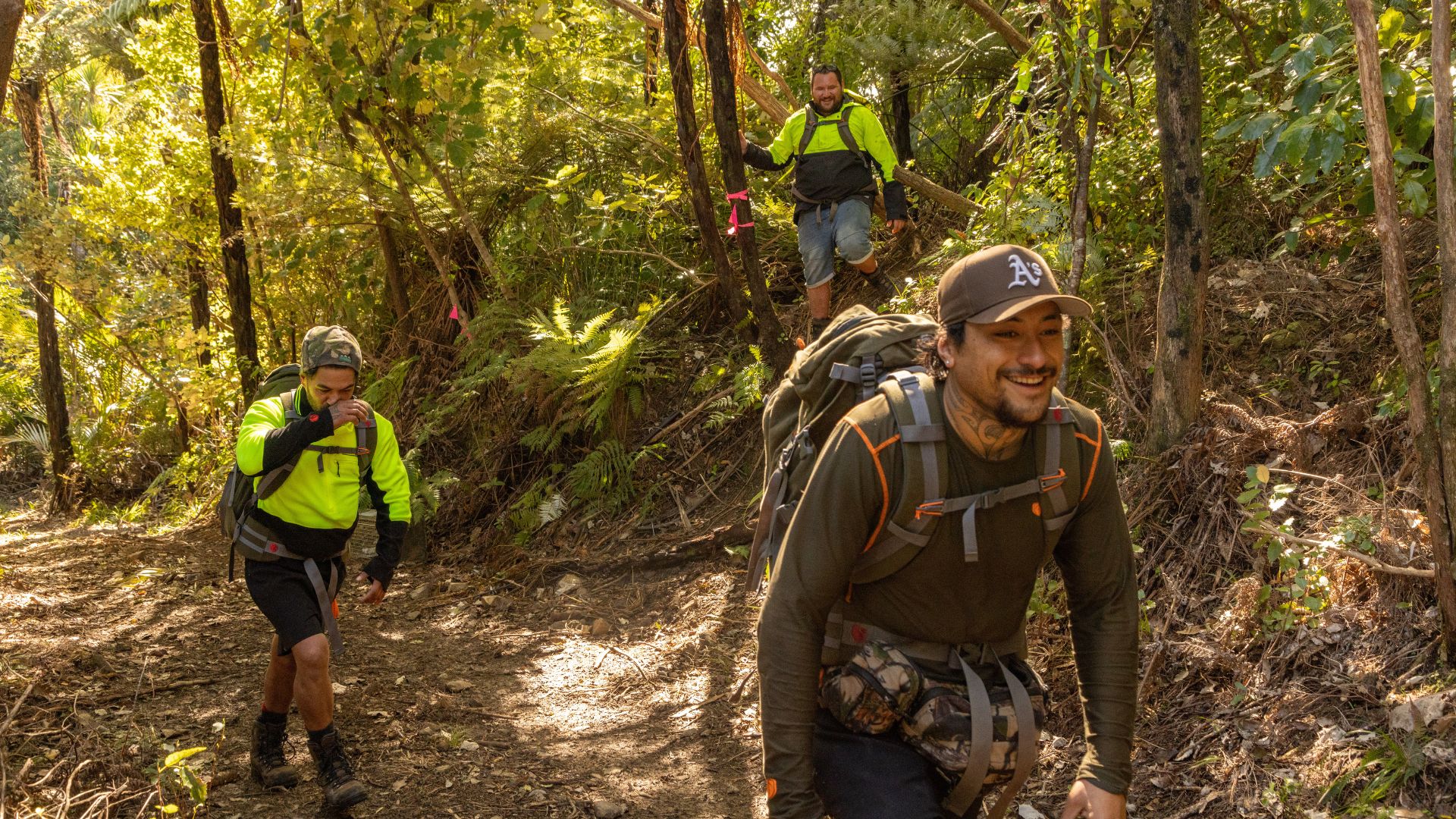
The kaupapa of Tū Mai Taonga is not only about breathing new life into Aotea Great Barrier Island’s ngahere (forest); it’s reconnecting whānau with their whenua (land). The island is already free from possums, Norway rats and mustelids, so the team is on a mission to remove all ship rats, feral cats and kiore. Mana … Continue reading Predator control mahi connecting tāngata and whenua
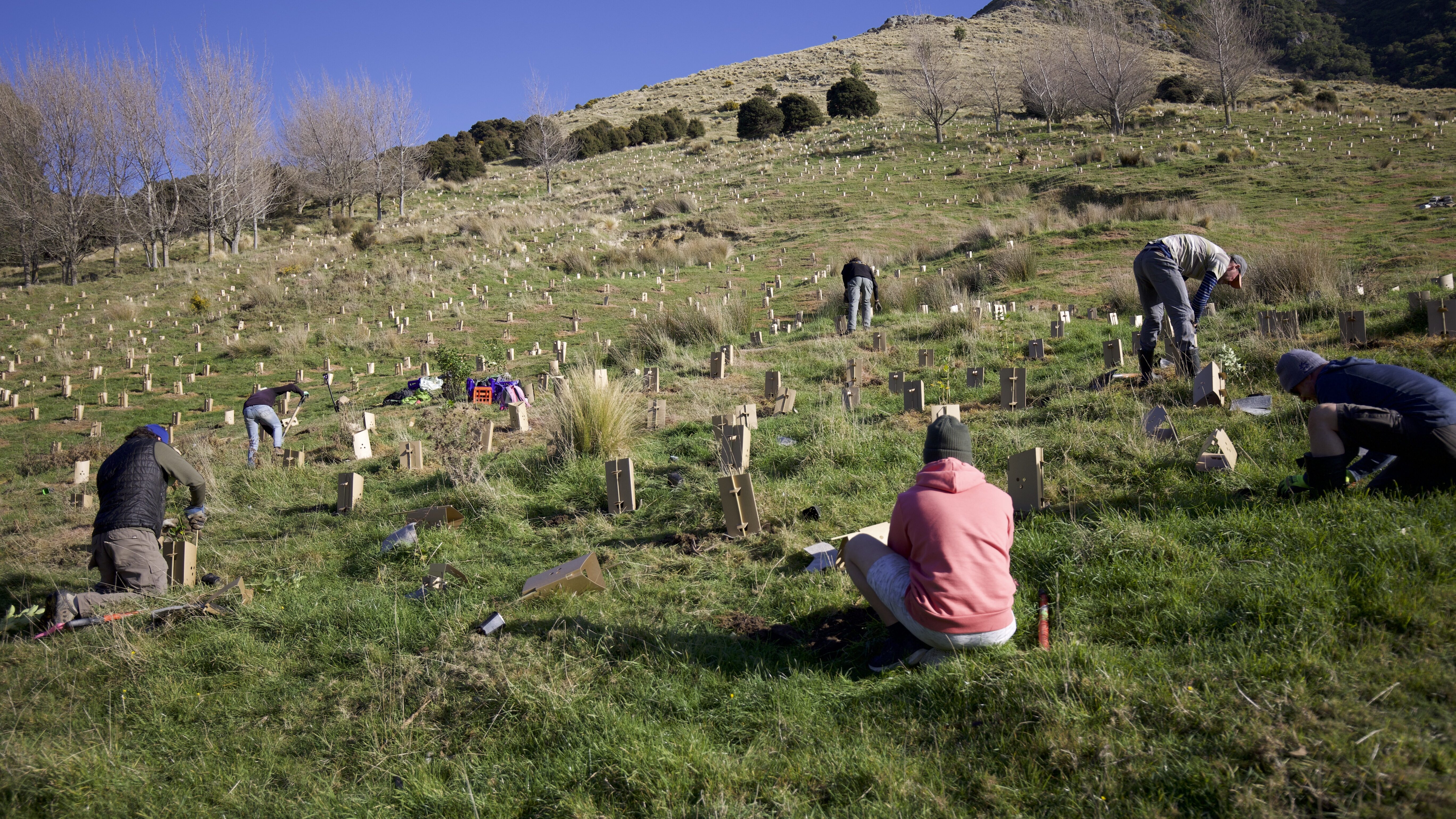
Winter is the ideal time for planting native plants, as the cold temperatures and rainfall help trees and shrubs get a chance to settle in before the dry heat of summer. But, young, fresh seedlings are like a lolly scramble for rabbits, hares and possums. So, what can you do to protect your plants? Mind … Continue reading How to make sure your native plants take root
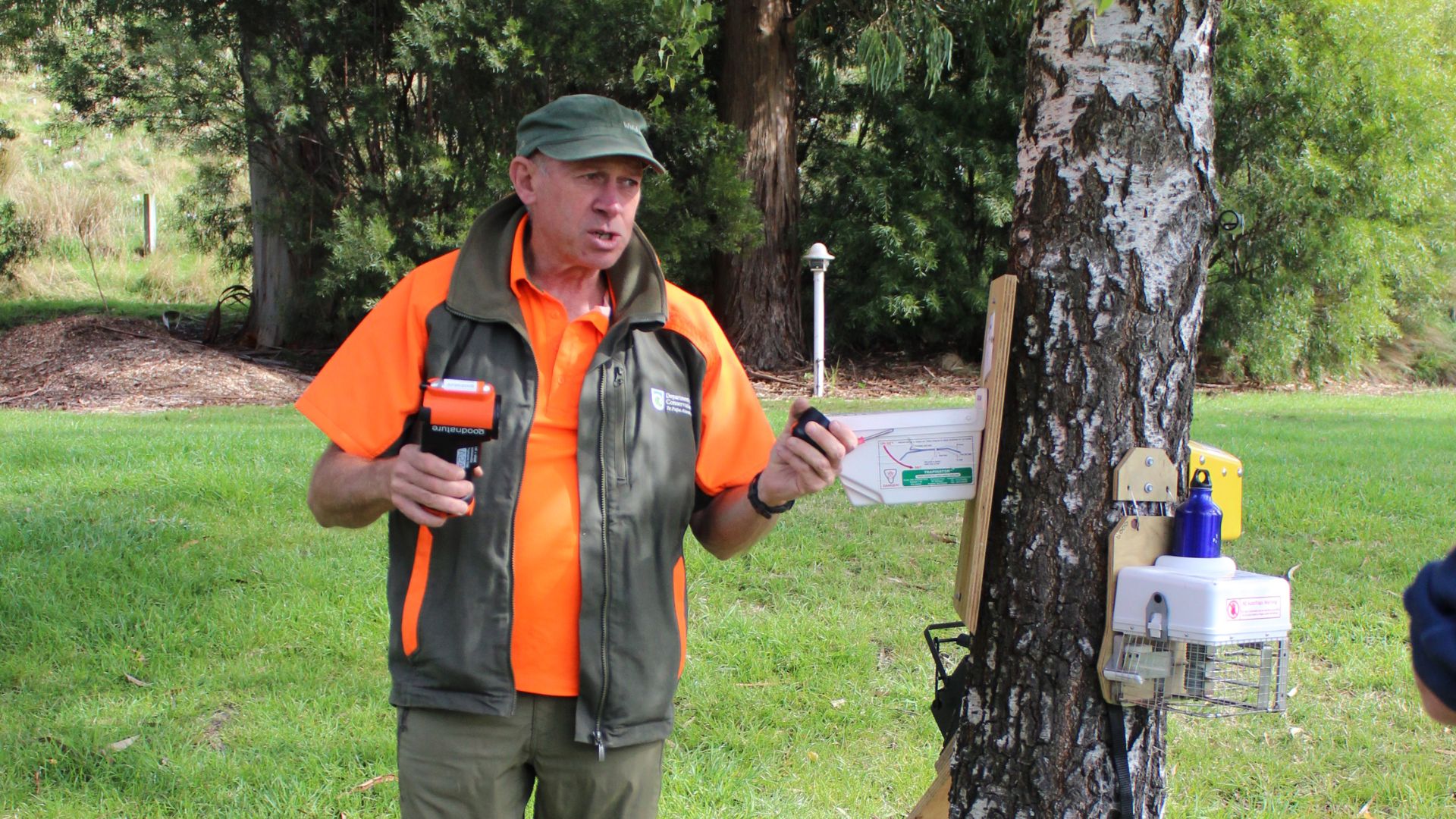
Tim Exton is a man on a mission. As the Department of Conservation’s (DOC) predator free ranger for eastern Te Waipounamu (South Island), Tim spends his days travelling from town to town, connecting with local staff and community members. Predator free from the inside out Tim Exton is both a predator free guru – giving … Continue reading Attention: predator free ranger on the loose
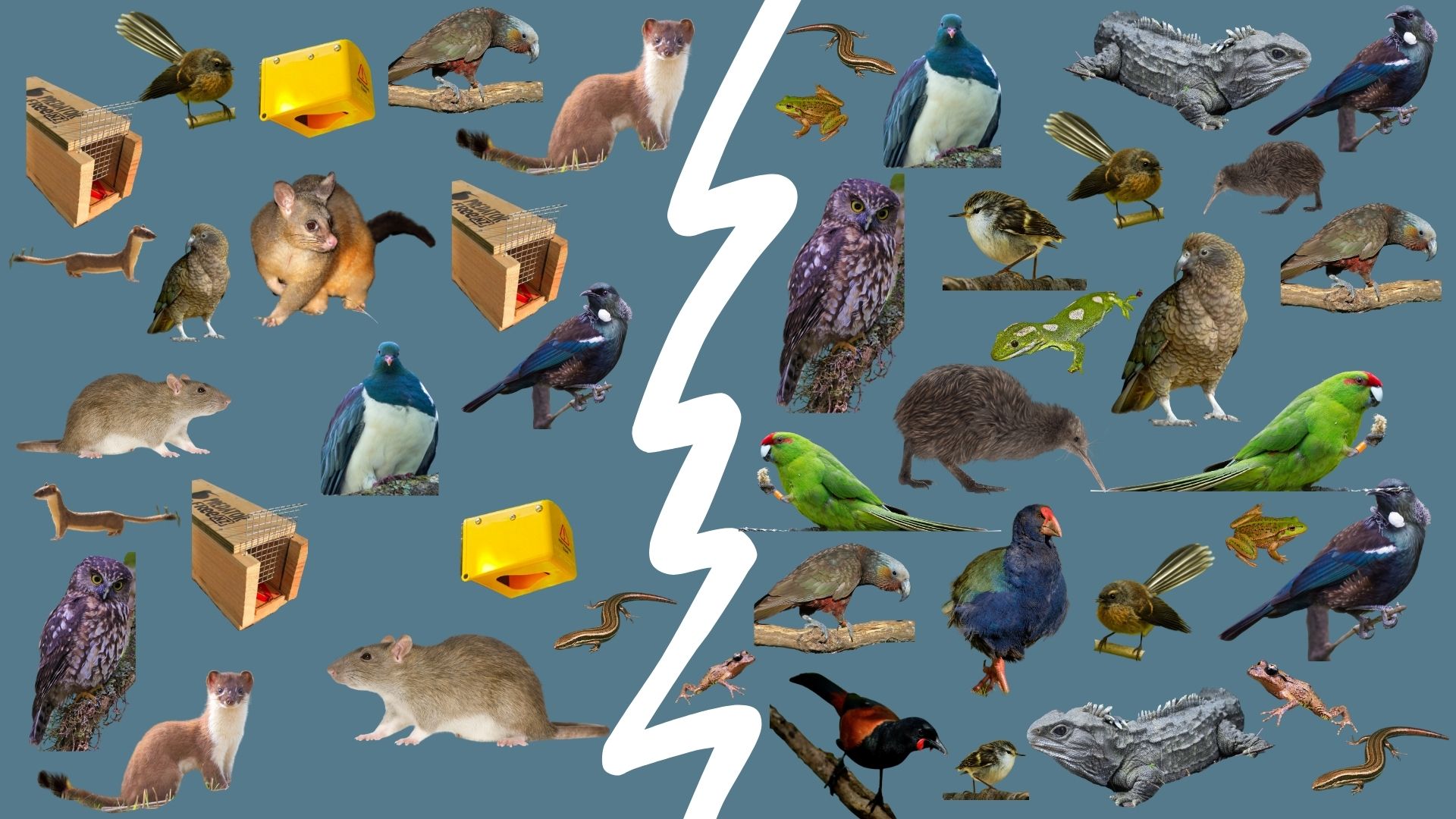
The words “suppression” and “eradication” get used a lot in the predator free movement. But what do these terms actually mean? While suppression (also known as control) is keeping a lid on populations of predators and making sure the pot doesn’t boil over, eradication is completely emptying the pot so there’s nothing left. To understand … Continue reading Suppression vs eradication – what’s the difference?
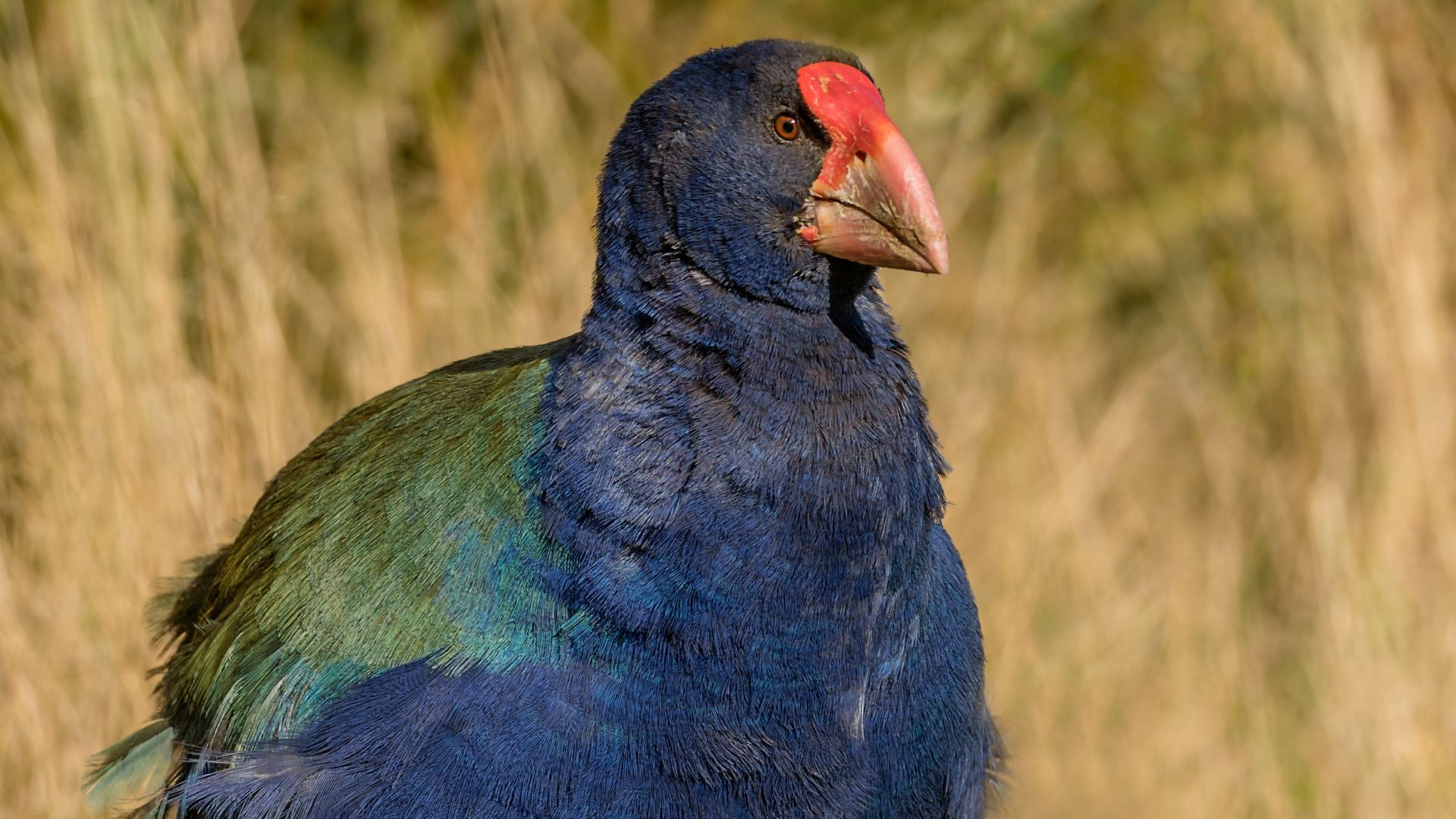
Conservation success stories don’t get much more dramatic than the tale of the takahē. Takahē: Bird of Dreams takes readers on the rollercoaster of takahē conservation over the last 75 years. Written by award-winning broadcaster, writer and zoologist Alison Ballance, this beautiful book is filled with photographs of the birds and the people who’ve cared … Continue reading A dreamy new takahē book hits the shelves
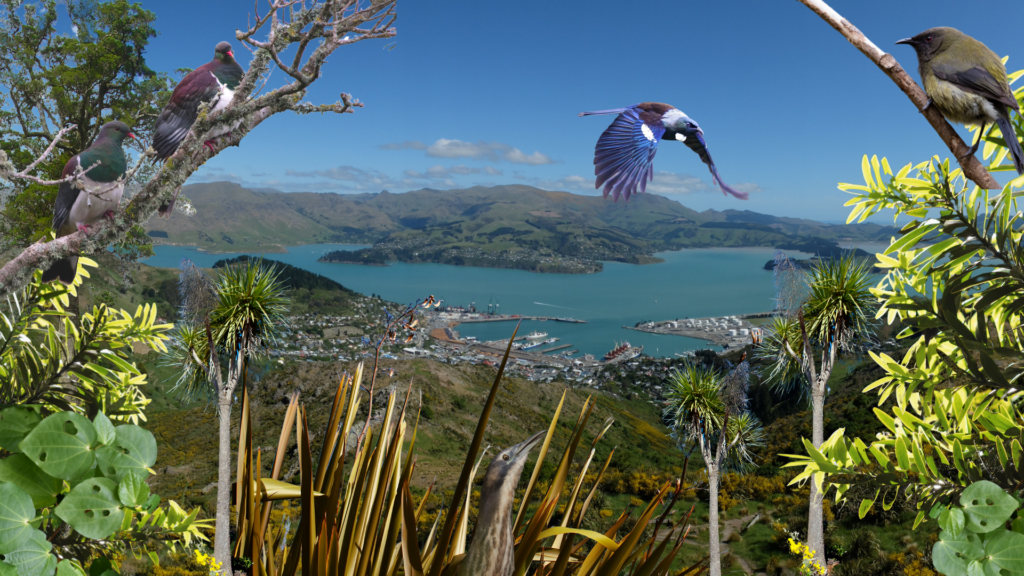
Imagine if you could redesign your town or city. Would you fill it with concrete and cars or native bush and birds? The 2011 earthquakes brought pain and rupture to Ōtautahi (Christchurch), but they also created space for new ideas. Now, more than a decade later, grassroots community groups are helping the city embrace its … Continue reading All go in the garden city: predator free groups rewild Ōtautahi
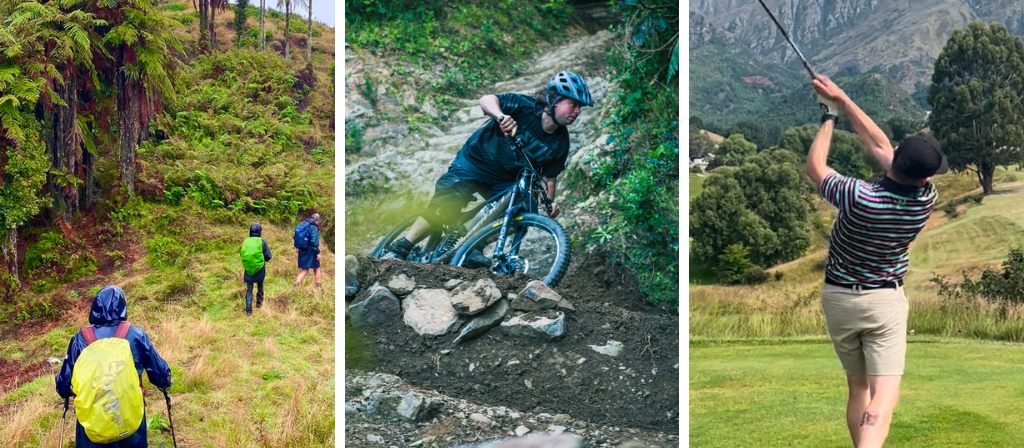
Every weekend, thousands of us find our fun by trudging up mountains or hurtling down them on bikes. Others play a round of golf or squeeze into tiny shoes to scale rock faces. But whatever your outdoor sport, chances are you’re not just there for the exercise. Being outdoors connects us to the plants, animals, … Continue reading Step, cycle and swing your way to predator free
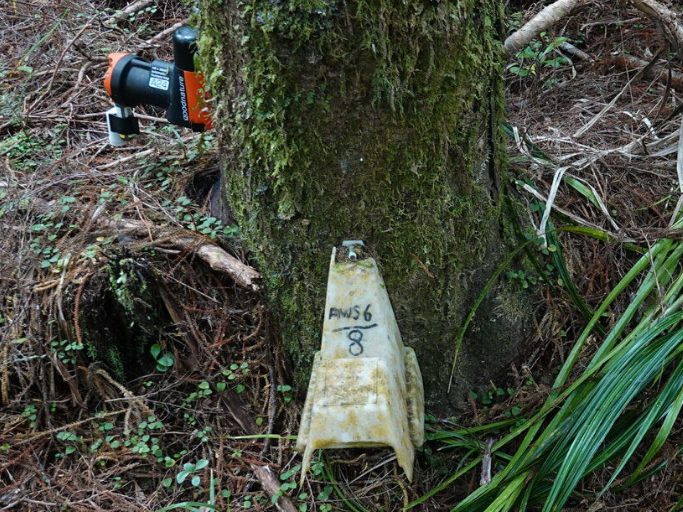
Tamper-proof bait stations are easy to use and are a great addition to your backyard trapping toolkit. They’ll help you keep introduced predators under control and limit the amount of toxin that gets out into the environment. If you’re keen to set one up but don’t know where to start, or want to make your … Continue reading Quick ways to improve your bait stations

Birds tend to hog the spotlight here in Aotearoa New Zealand but did you know we also have a host of incredible insects, spiders and other invertebrates? To celebrate this colourful cast of critters, The Entomological Society of New Zealand has launched Bug of the Year. Starting on 14 November and running for 3 months, … Continue reading Bug of the Year is finally here!
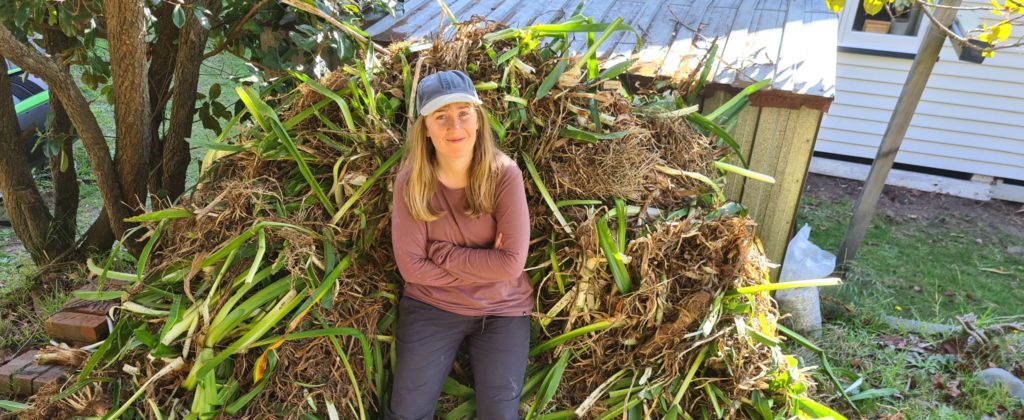
When wildlife photographer Holly Neill and her partner moved into their new home on the Kāpiti Coast in late 2020, the garden was choked by weeds. In just two short years, they’ve planted 400 natives, turning a maze of weedy agapanthus, tradescantia and bare grass into the beginnings of a wild wonderland. We caught up … Continue reading Garden of Holly: from weeds to wild wonderland
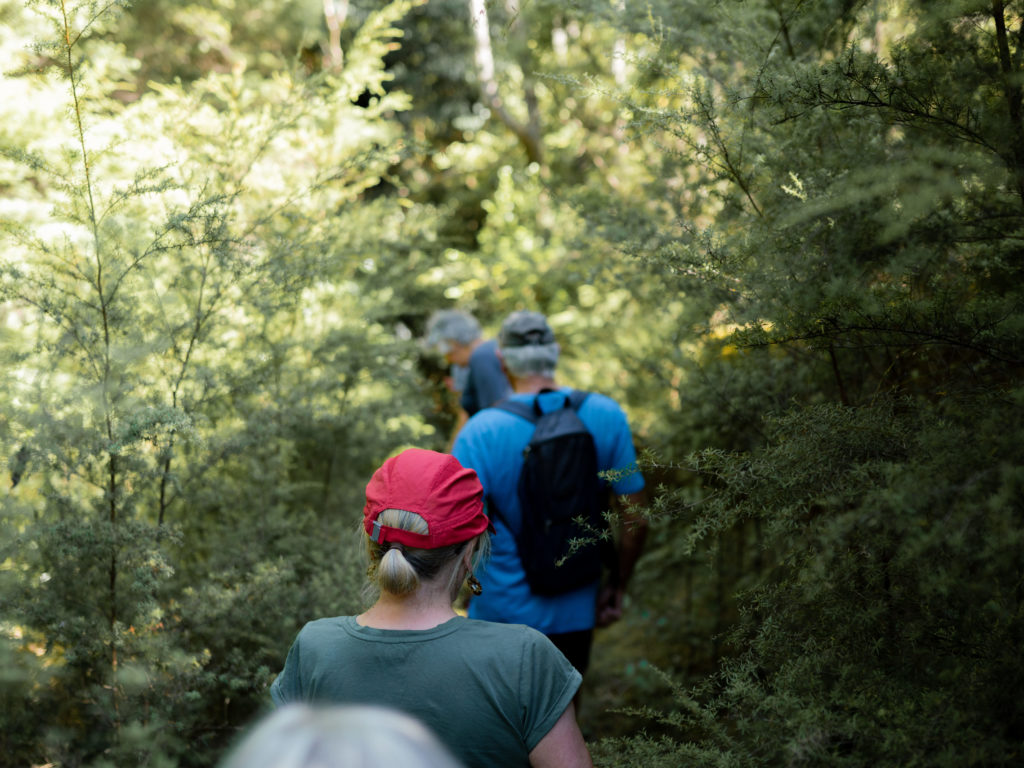
Why do some traps not get much traffic while it’s rush hour at others? We put the question to predator control specialist Cam Speedy to learn why trap placement is so important. It turns out introduced predators prefer a nice trail walk to a rugged bush bash just like we do. Because we rarely see … Continue reading Highways, not byways: increase traffic to your traps
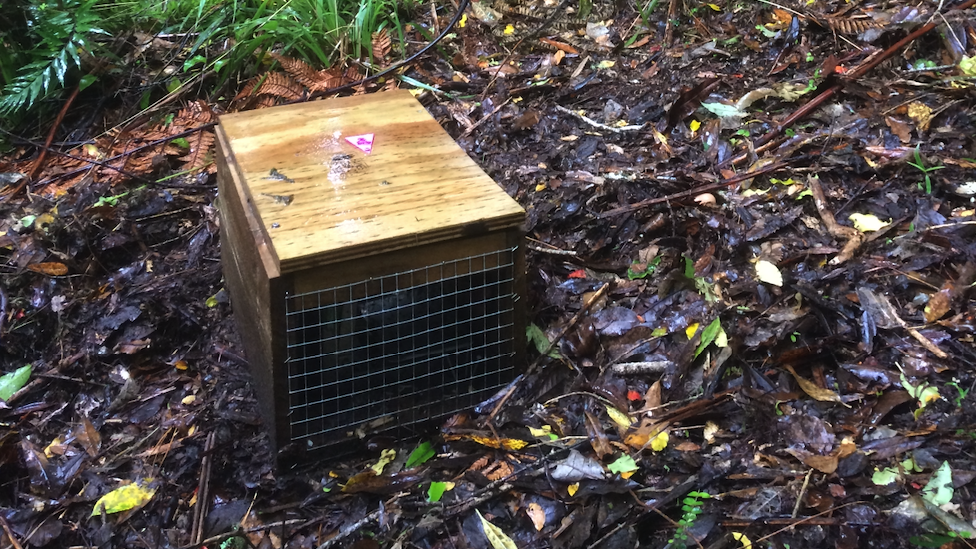
Predator control specialist Cam Speedy knows a thing or two about trapping after 40 years in the business. And like Cam, the DOC 200 has stood the test of time. Over the last couple of decades, DOC 200s have been put to the test up and down the country in harsh, rugged conditions. When it … Continue reading Get the most out of your DOC 200 trap
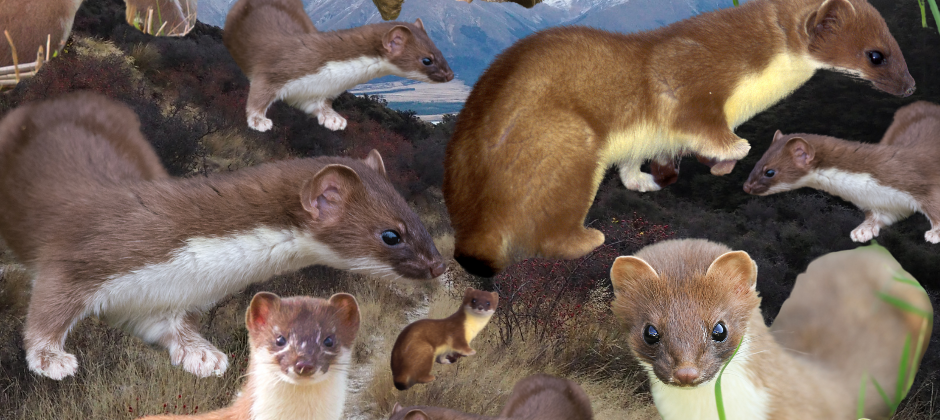
Spring has sprung and the stoat mating frenzy has begun. From the moment they open their eyes as babies, female stoats are almost certainly already pregnant. It might be jarring to our human sensitivities but stoat reproduction is undeniably impressive. Clever copulation Each spring, pregnant female stoats find a cosy den to hunker down and … Continue reading It’s business time: stoat mating mania and what you can do about it

The Kaharoa Forest near Rotorua is a kōkako stronghold with a relict (original) population still holding on. Thanks to decades of predator control, bird numbers there have steadily risen, but to keep the population growing and thriving, the kōkako need more habitat. The Kōkako Ecosystem Expansion Programme (KEEP) has ambitious plans to overcome this habitat … Continue reading Creating corridors for kōkako
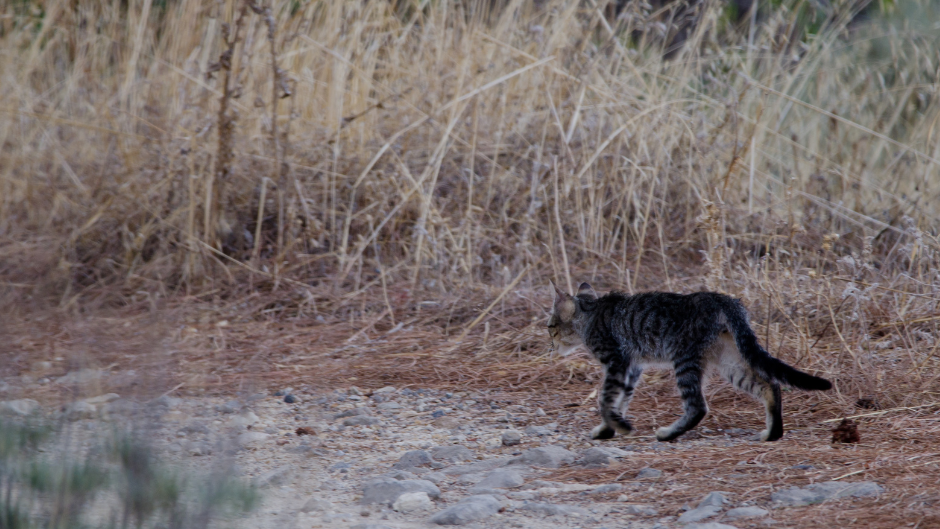
Feral cats live on every continent except Antarctica – surviving in deserts, forests, farms, and cities. But even though they can live almost anywhere, some habitats are more appealing than others. New research published in the New Zealand Journal of Ecology found that landscape type might play a role in how far feral cats wander. … Continue reading The feral factor – new research into roaming feral cats
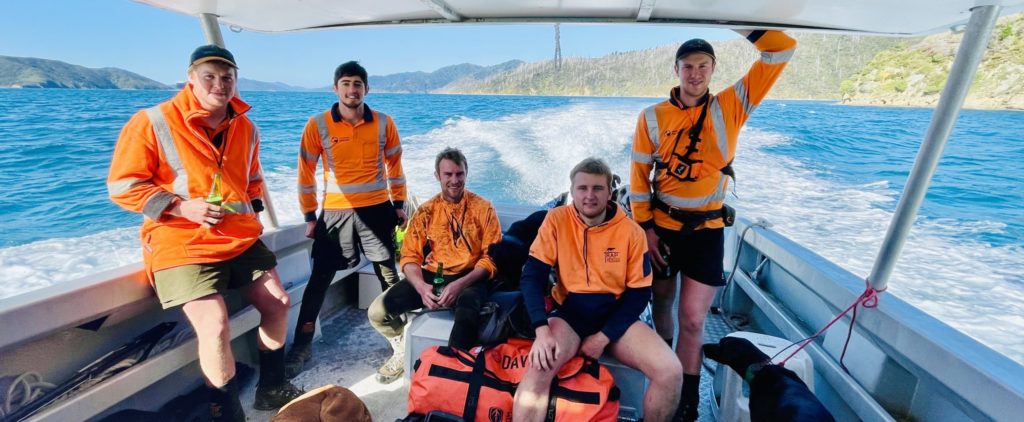
A gutsy group of Queen Charlotte Sound locals are chasing their dream of a regenerated native forest. Propelled by community camaraderie the group has removed wilding pines, brought down goat and possum numbers and is now ready to start planting natives on a swath of land between Picton and the Tory Channel. Growing community Queen … Continue reading Putting down roots
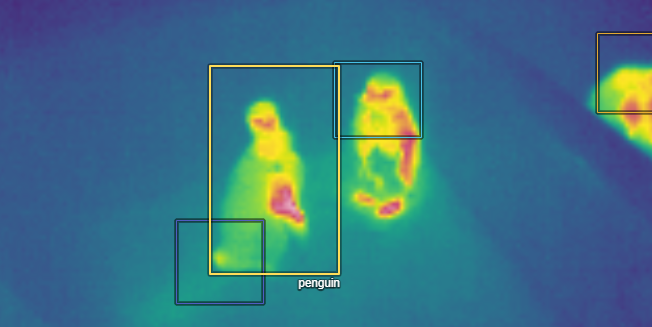
Aotearoa New Zealand has made huge strides towards the Predator Free 2050 (PF2050) goal, but many believe we need new technologies to get to the finish line. It might sound futuristic, but Artificial Intelligence (AI) is already hard at work in the predator free movement, and there are lots of exciting developments on the horizon. … Continue reading Getting smart: is Artificial Intelligence the key to Predator Free 2050?
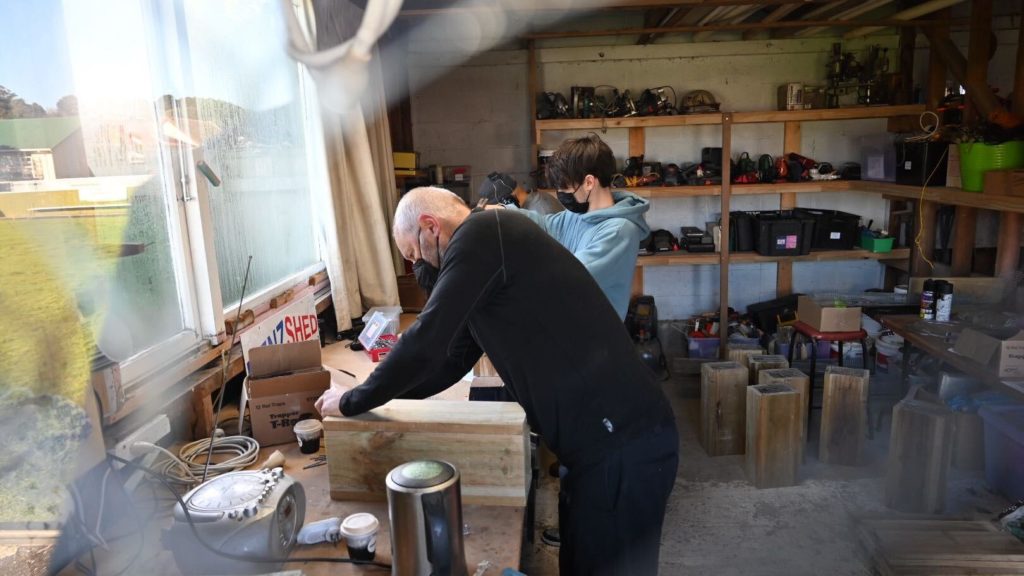
It turns out it’s not just the birds that benefit from backyard trapping. Research by Zealandia’s Centre for People and Nature shows being involved in community trapping is also good for your mental health. MenzSheds throughout the country offer people a space to get together and connect while doing something practical. Lots of Sheds focus … Continue reading The light at the end of the trapping tunnel
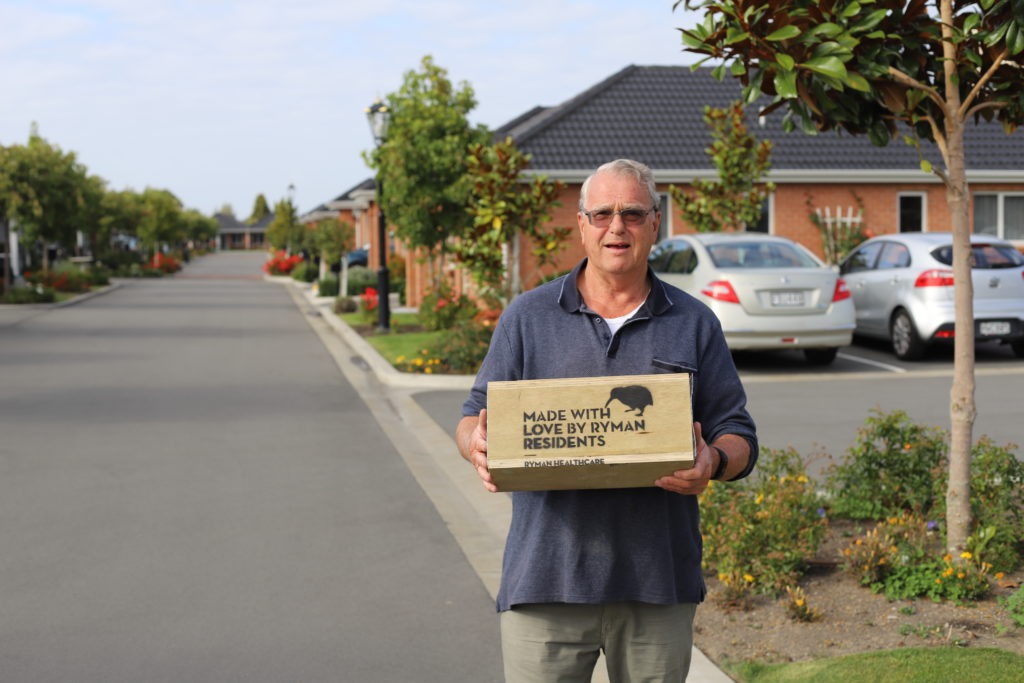
Do you think retirement means putting your feet up with a good book and a cup of tea? Think again. Lynn Andrews, a 75-year-old retiree, has decided to do things differently. He’s combined two of his passions – woodworking and conservation – and started a trap-making hub at the Ryman retirement village he also calls … Continue reading Meet the talented trap-building retirees
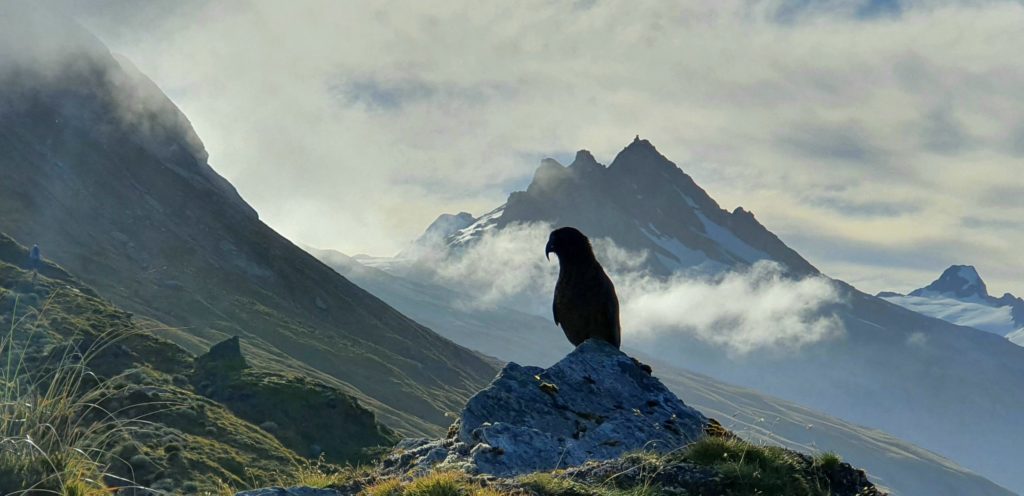
New research published in the New Zealand Journal of Zoology shows that mast years are bad news for kea. Native beech trees produce millions of tasty seeds in a mast year, which rodents love. The rodent populations explode, setting in motion a devastating cascade of events. But it’s when the masting stops that taonga species … Continue reading Flying at half-mast: connecting kea decline to mast years
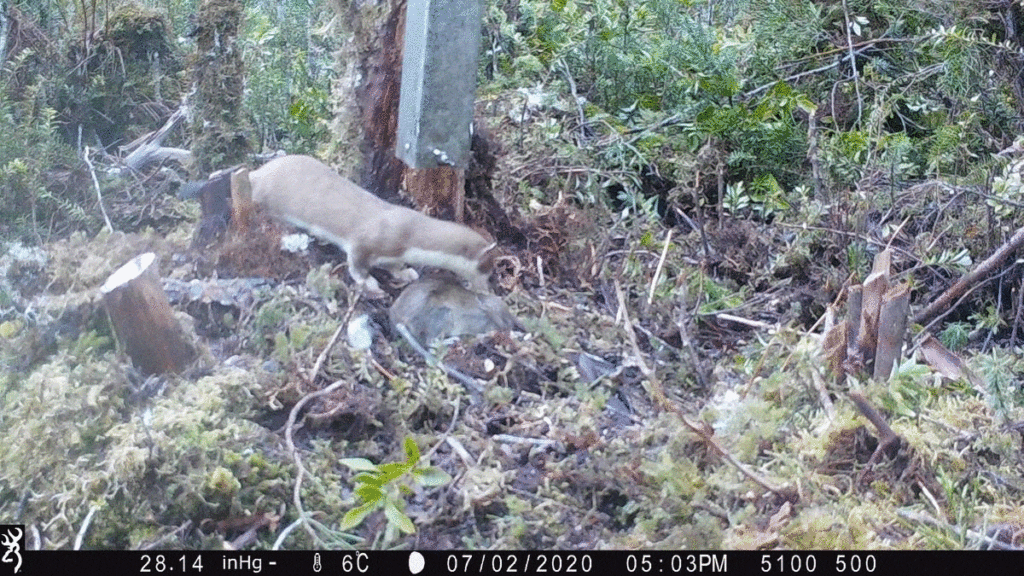
Imagine lush landscapes alive with Aotearoa New Zealand’s quirky and unique plants and wildlife. This is the Predator Free 2050 vision but to get there we need new tools. While 1080 operations and trapping networks remove most introduced predators from an area, getting the remaining animals is a challenge. The last stoats can be particularly … Continue reading Zeroing in – toxic rodents lure last stoats
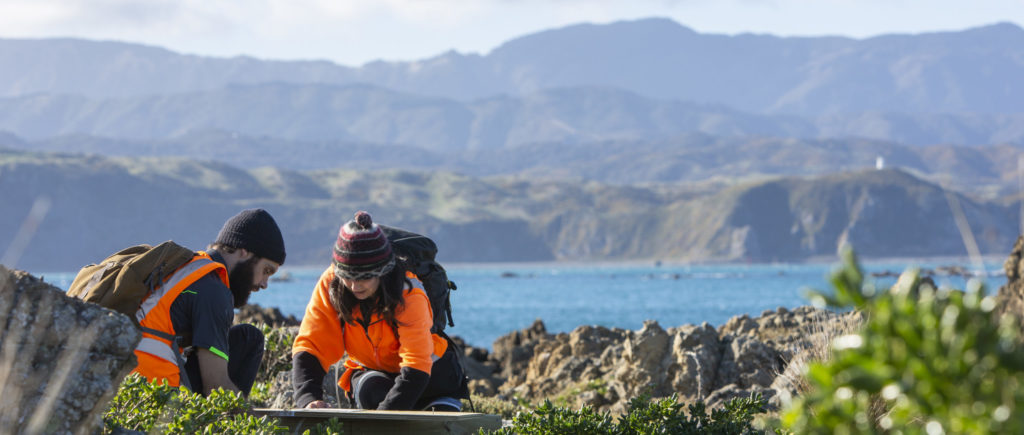
Predator Free Wellington (PFW) is on a mission – they want to be the first predator free capital city in the world. And so far the project has been a huge success – the Miramar Peninsula is now free from Norway rats and weasels. Native birds have increased by 33% since the project began, with … Continue reading Sinking ship rats on the Miramar Peninsula
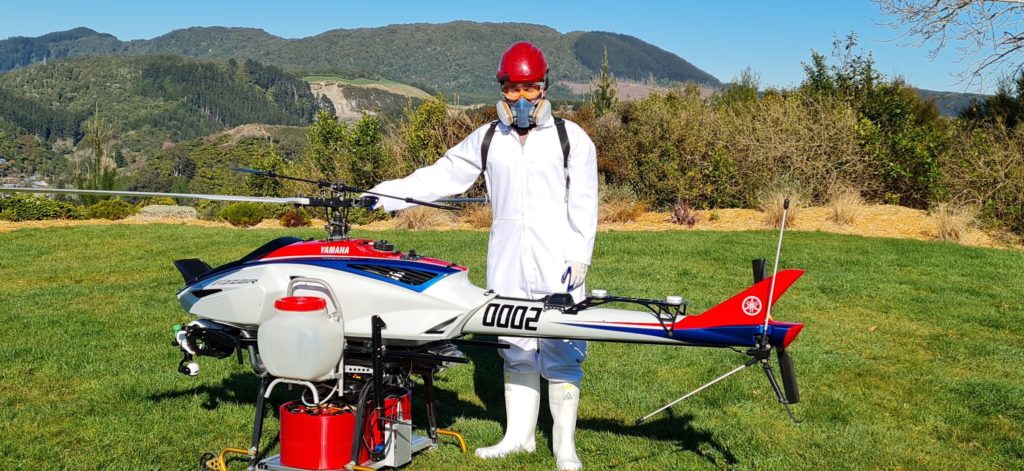
Boots on the ground and 1080 applied over large areas can control about 95 percent of possums, rats and stoats. But what about that last 5 percent? Craig Morley and Philip Solaris believe precision drone technology is the solution to bridge that elusive gap. And they’ve been developing drones, bait pods and sensor technology to do just … Continue reading X marks the spot: toxin drone drops to tackle tricky terrain
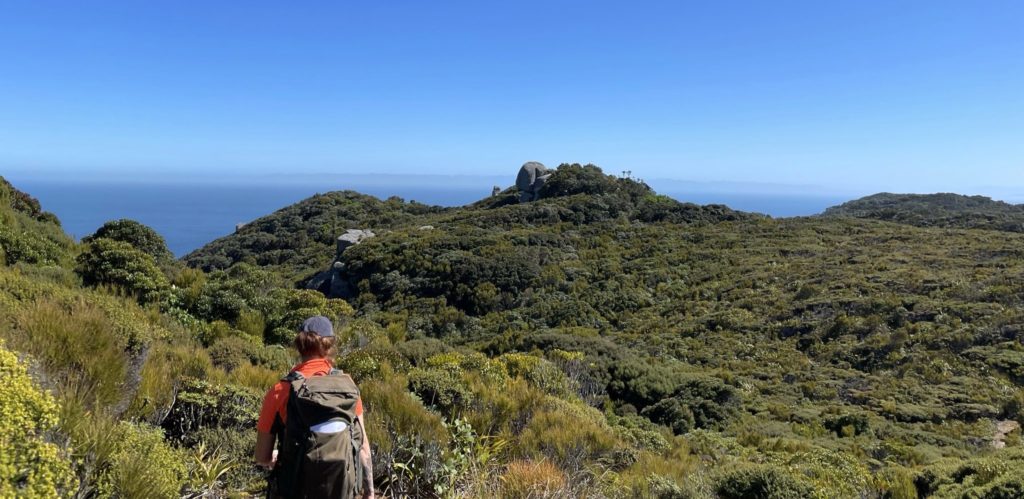
What’s it like meeting Merv the kākāpō? Ask Jack Fifield – a 26-year-old Predator Free Apprentice passionate about his work in pest control. But, if you’d asked Jack ten years ago where he’d be working today, he might’ve said marketing or economics. Instead, he’s feeding kākāpō in the pristine bush of Whenua Hou (Codfish Island) … Continue reading Connecting with the cause: feeding kākāpō on Whenua Hou

